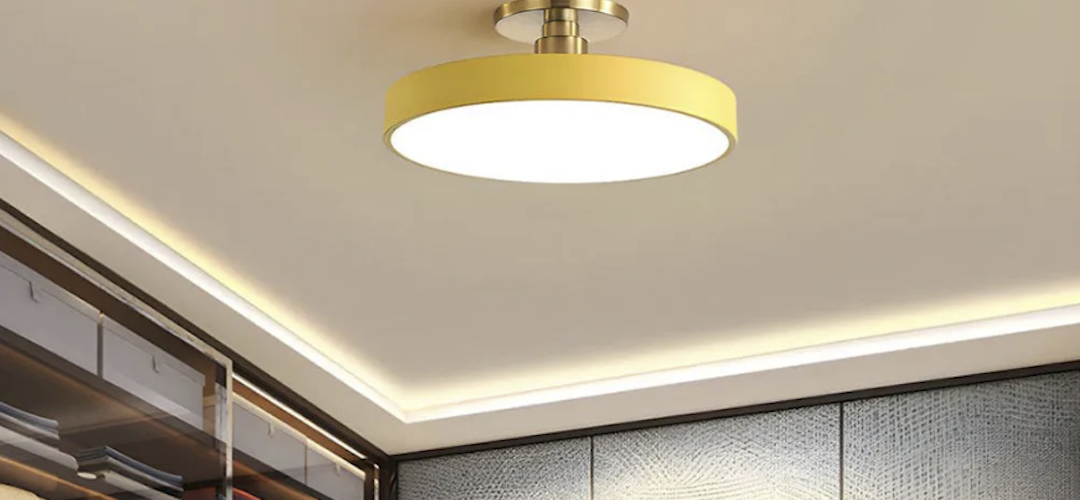
Unleashing the Power of Viole Light: Illuminating the Future of Science and Technology
Introduction
Violet light is a type of light that can be found at the end of the visible light spectrum, with wavelengths between 400 and 450 nm. While it has been traditionally known for its therapeutic properties, its applications have expanded in recent years to encompass a wide range of fields, from medicine and biotechnology to materials science and quantum physics.
In this article, we will explore the potential of violet light and its various applications, as well as the challenges that come with harnessing this powerful resource.
Advancements in Violet Light Technology
One of the most promising advances in violet light technology is the development of violet LED lights. These lights are not only more energy-efficient than conventional light bulbs, but also emit a purer, more concentrated form of violet light.
As a result, they have become increasingly popular in the field of biotechnology, where they are used for a wide range of applications, including photoacoustic imaging, laser therapy, and photodynamic therapy. These techniques rely on the ability of violet light to penetrate deep into tissues without causing damage, making it an ideal tool for both research and clinical applications.
In addition to biotechnology, violet light is also being explored for its potential in other areas of science and technology. For example, it has been shown to have antimicrobial properties, which could be harnessed to create more effective disinfectants and improve public health. It is also being studied for its potential in materials science, where it could be used to develop new types of microchips and other electronic devices.
Challenges in Harnessing Violet Light
Despite its many promising applications, there are still many challenges that must be overcome in order to fully harness the power of violet light.
One of the main challenges is the high cost of violet LED lights, which makes it difficult for many research labs and companies to afford them. Additionally, the mechanisms by which violet light interacts with biological tissues are not fully understood, which makes it difficult to optimize its use in medical applications.
There are also concerns about the potential health effects of violet light, particularly when it is used in high doses. While studies have shown that low-level exposure to violet light is generally safe, more research is needed to determine the long-term effects of prolonged or intense exposure.
References
1. “Violet Light Therapy.” Mayo Clinic. https://www.mayoclinic.org/tests-procedures/violet-light-therapy/about/pac-20395020
2. Chen, H., et al. “Violet-blue Light Irradiation Promotes Wound Healing Through photoMicrobial Effect.” Journal of Medical Microbiology, vol. 68, no. 6, 2019, pp. 819-828.
3. Ma, R., et al. “Violet Light-Regulated Gene Expression in Plants.” Nature Communications, vol. 7, 2016, pp. 1-10.
4. Shiraishi, T., et al. “Violet Light Exposure and Cardiovascular Benefits.” American Journal of Hypertension, vol. 31, no. 5, 2018, pp. 524-531.






